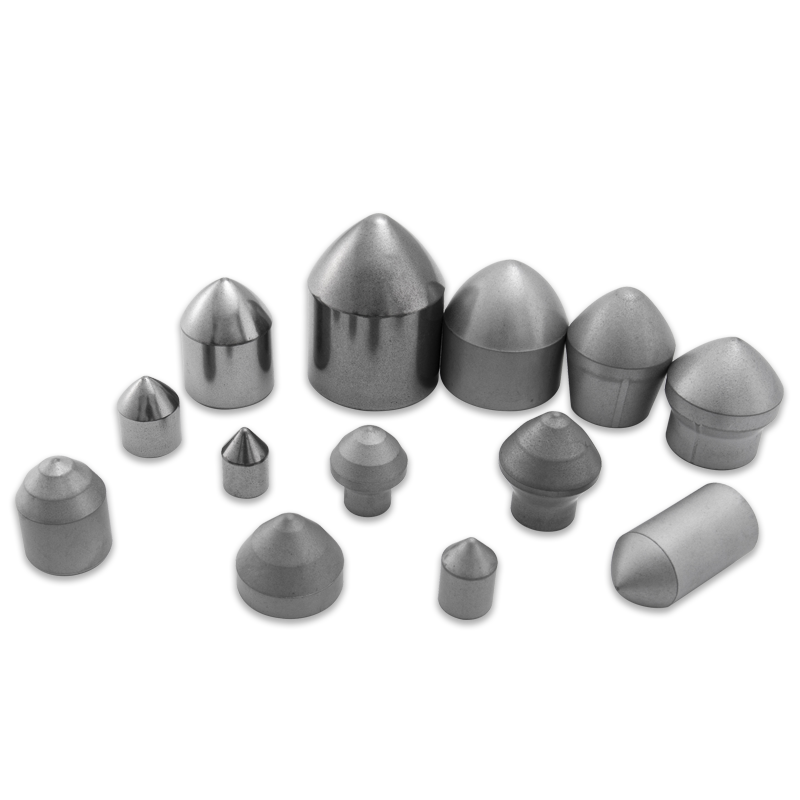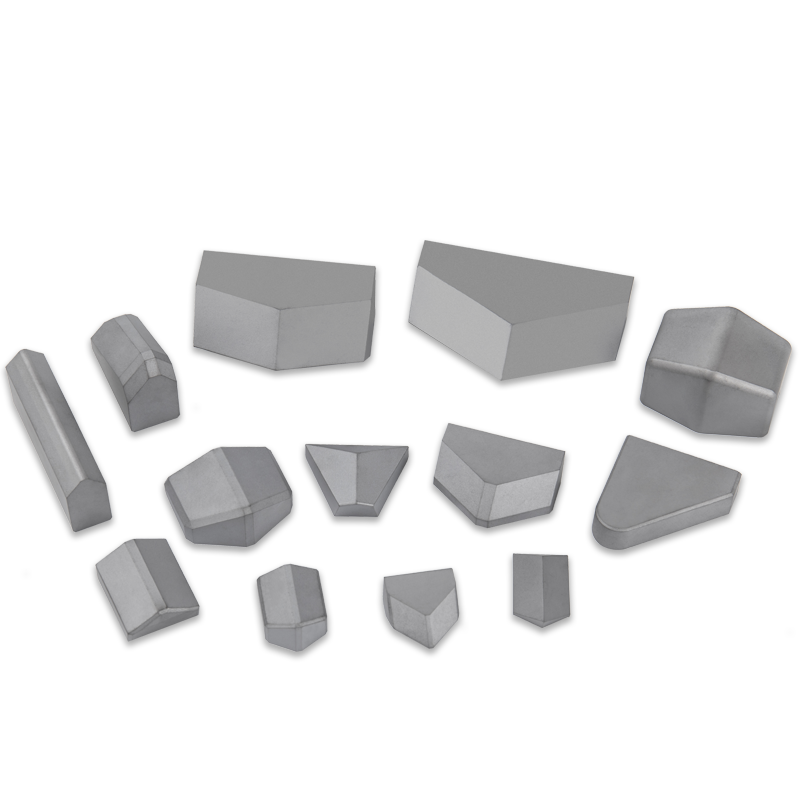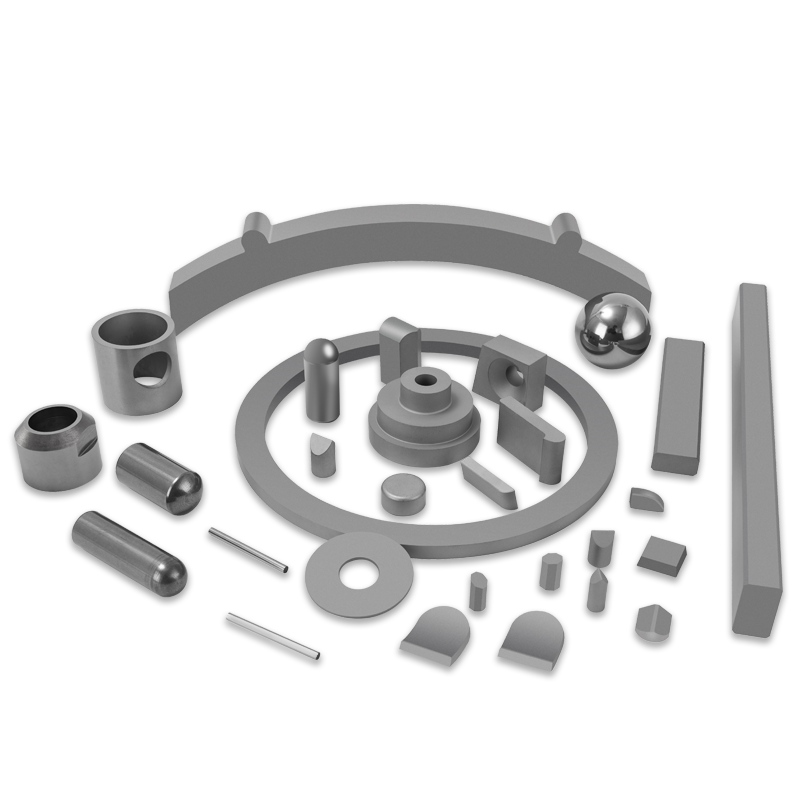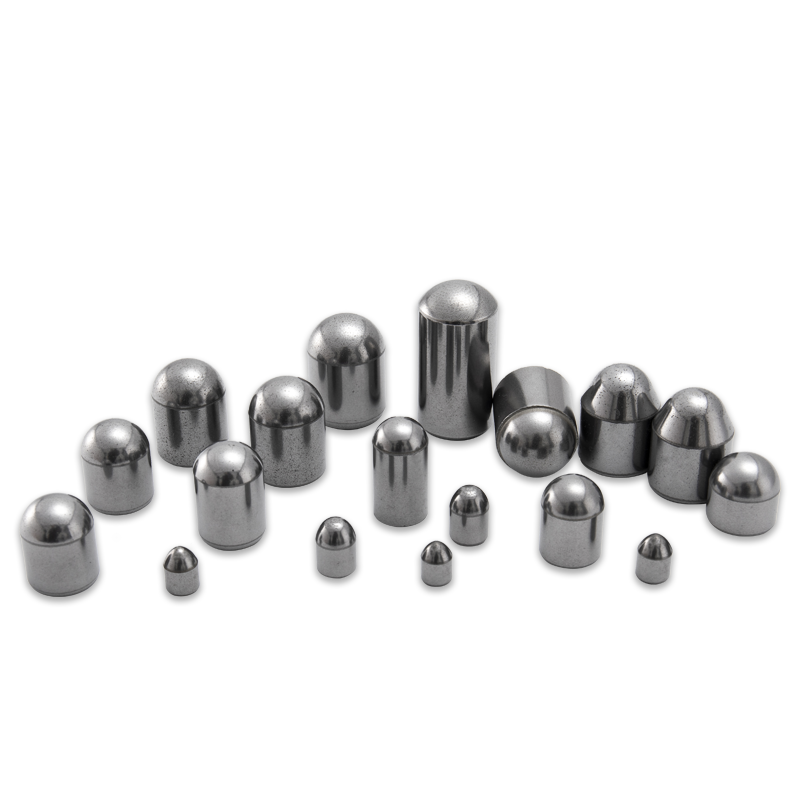What is so special about tungsten carbide?
Industry News-In the realm of materials science, few substances command as much respect and utility as tungsten carbide. Often lauded as a "super material," its name frequently surfaces in discussions spanning heavy industry, precision engineering, and even high-end consumer goods. But what exactly is so special about tungsten carbide that sets it apart from other robust materials? The answer lies in a unique confluence of extraordinary properties that make it indispensable across a vast array of demanding applications.
At its core, tungsten carbide (WC) is a chemical compound containing equal parts of tungsten and carbon atoms. However, in its most commonly utilized form, it is a metal matrix composite, often referred to as "cemented carbide." This involves fine particles of tungsten carbide bonded together by a softer, tougher metallic binder, typically cobalt. This clever combination is key to unlocking its unparalleled characteristics.
Unrivaled Hardness and Wear Resistance
The most prominent feature of tungsten carbide is its exceptional hardness. On the Mohs scale, it ranks between 8.5 and 9.0, placing it just below diamond (10) and significantly harder than steel. This extreme hardness translates directly into incredible wear resistance. Where other materials would quickly succumb to abrasion, erosion, or impact, tungsten carbide components maintain their structural integrity and sharp edges for extended periods. This property alone makes it the material of choice for cutting tools, drilling bits, and wear parts that operate in harsh, abrasive environments. Imagine the precision required to machine tough alloys or bore through solid rock – without tungsten carbide, these tasks would be far less efficient, if not impossible.
Superior Strength and Durability
Beyond hardness, tungsten carbide boasts impressive compressive strength and rigidity. It can withstand immense pressure without deforming, making it ideal for applications where structural integrity under load is paramount. The cobalt binder in cemented carbide plays a crucial role here, providing toughness and ductility that pure, un-bonded tungsten carbide would lack, preventing catastrophic brittle failure. This combination of hardness and toughness ensures durability, allowing tools and components made from it to endure repeated stresses and impacts without breaking down.
High Melting Point and Heat Resistance
With one of the highest melting points of all known chemical compounds (around 2,870 °C or 5,200 °F), tungsten carbide exhibits remarkable heat resistance. This property is critical in high-speed machining and drilling operations where friction generates intense heat. While other materials might soften or lose their effectiveness, tungsten carbide tools retain their cutting ability and structural integrity, allowing for faster processing speeds and extended tool life.
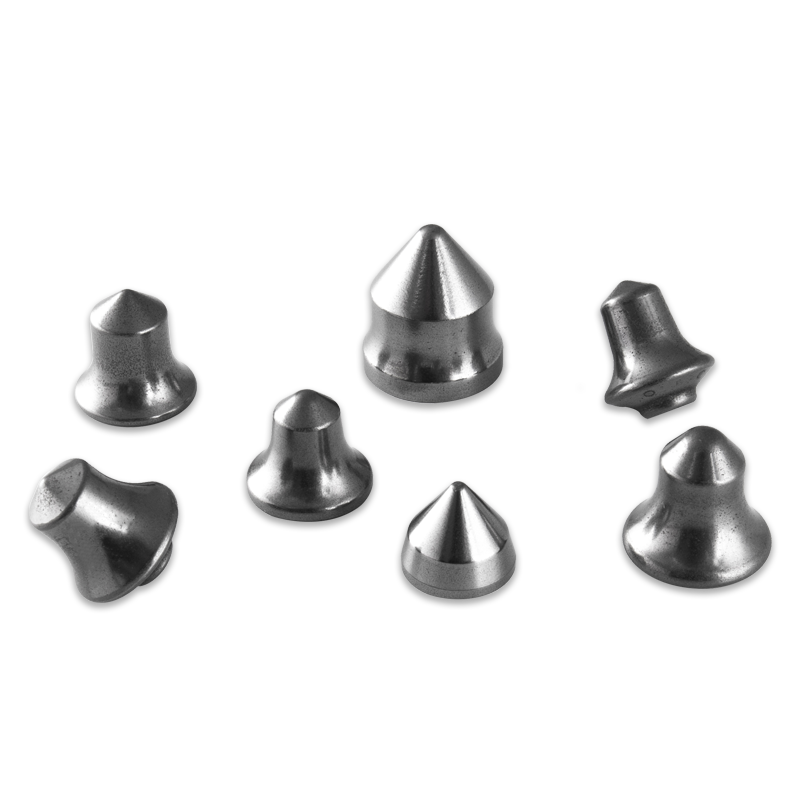
Corrosion Resistance
While not universally impervious to all chemical attacks, tungsten carbide offers good corrosion resistance compared to many metals, particularly in acidic environments. This makes it suitable for components used in chemical processing, oil and gas exploration, and marine applications where exposure to corrosive agents is a constant challenge.
Versatility Across Industries
The amalgamation of these remarkable properties lends tungsten carbide an extraordinary versatility, making it indispensable across a multitude of industries:
-
Manufacturing & Machining: From end mills and drill bits to inserts for turning and milling, it revolutionizes the processing of metals, composites, and other hard materials.
-
Mining & Construction: Drill bits, road planing teeth, and tunnel boring machine cutters rely on tungsten carbide for efficient excavation and rock penetration.
-
Oil & Gas: It forms critical components in downhole drilling tools, valves, and MWD (Measurement While Drilling) systems, enduring extreme pressures and abrasive slurries.
-
Jewelry: Its scratch resistance, density, and lustrous finish have made tungsten carbide a popular choice for wedding bands and watches, offering a virtually lifelong shine.
-
Aerospace & Defense: Used in wear-resistant parts and certain types of ammunition due to its density and hardness.
-
Medical: Precision surgical instruments and prosthetic components benefit from its hardness and biocompatibility in certain forms.
The Future of a "Special" Material
As industries continue to push the boundaries of performance and efficiency, the demand for materials like tungsten carbide will only grow. Ongoing research aims to further enhance its properties, explore new binder materials, and develop advanced coatings to expand its applications even further.
In conclusion, what makes tungsten carbide so special is not just one singular characteristic, but its holistic profile of extreme hardness, superior strength, remarkable heat resistance, and excellent wear resistance. It is a testament to materials science that such a compound can consistently outperform and outlast, solidifying its status as a truly extraordinary and utterly indispensable "super material" in our modern world.


 English
English русский
русский